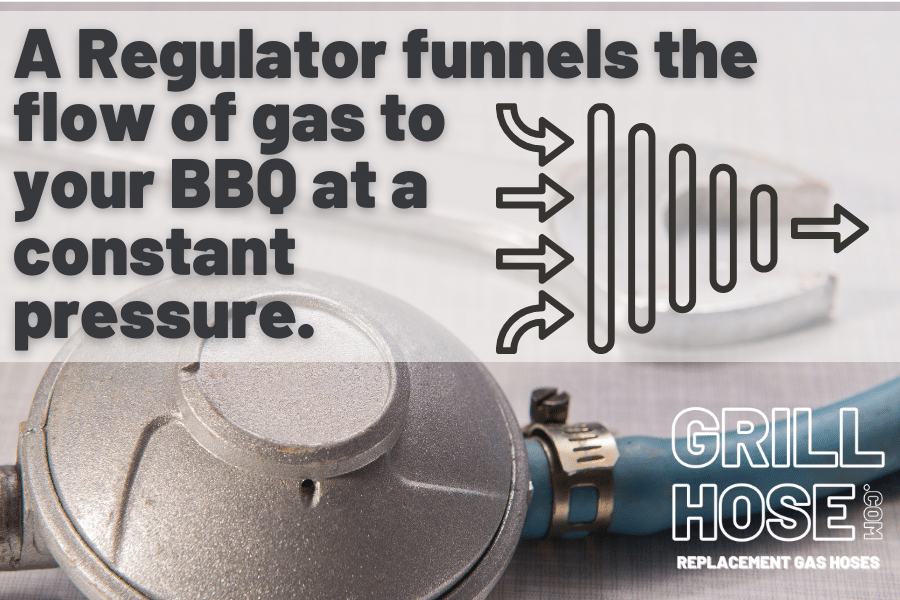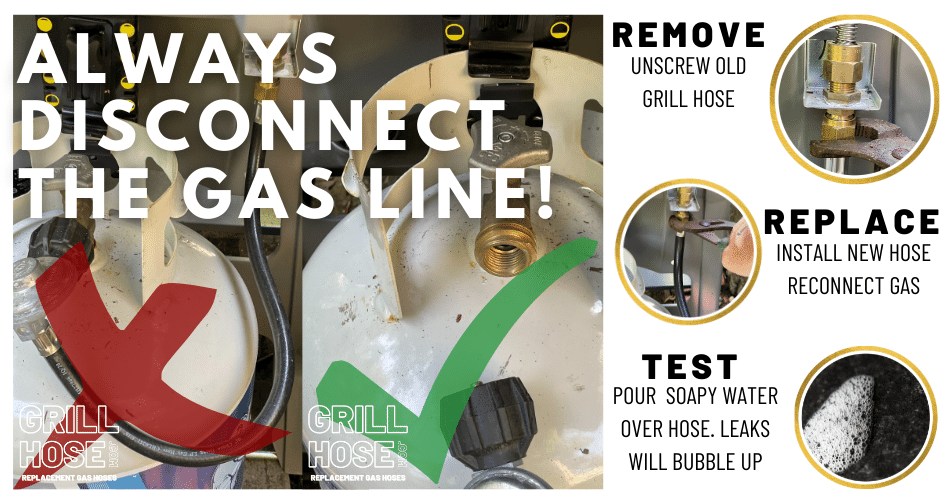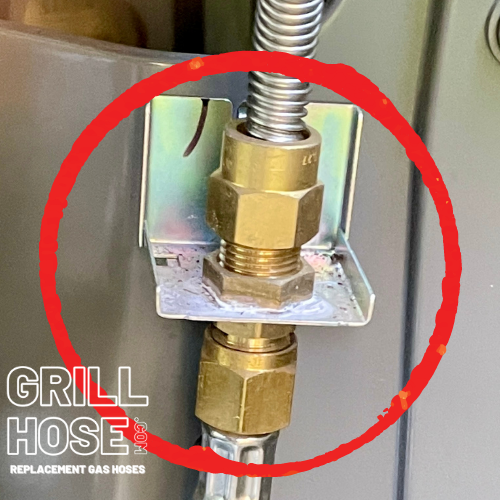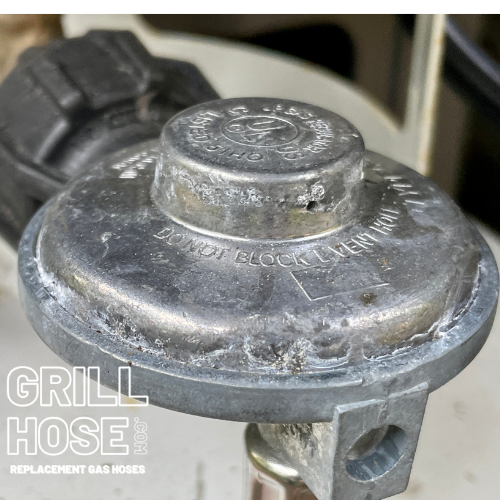
BBQ Grill Hose & Regulator Replacement: A Comprehensive Guide
When it comes to BBQing, maintaining your equipment is key to safe and delicious results. The grill hose and regulator, crucial components in this process, might need attention more often than you'd think.
What is a BBQ Grill Hose & Regulator?
Known by various names such as regulator, LPG connector, BBQ hose, propane regulator, or simply the grill hose, this device is pivotal in regulating the gas flow to your BBQ's burners. This silver-toned regulator sits near the propane tank's shut-off valve and ensures you get the right amount of gas for optimal grilling.
Why Replace Your Grill Hose & Regulator?
Despite being robust, the regulator can be affected by temperature fluctuations, insects, or even animals. A malfunctioning regulator impedes gas flow, affecting your grilling. Moreover, the hose prevents flame blow-back, ensuring it doesn't reach the propane tank. Damages or leaks in this system are not just bad for BBQing; they're potentially lethal. If you ever detect the smell of gas, shut off your grill immediately!
Steps to Replace Your BBQ Grill Hose & Regulator:
1. Safety First: Ensure the propane tank's shut-off valve is turned off completely to halt gas flow.
2. Hose Disconnection: Gently unscrew the hose attached to the gas grill's burner using an adjustable wrench.
3. Regulator Removal: Unfasten the regulator from the propane tank. A firm grip should suffice.
4. Replacement Hose: Use our GRILL HOSE FINDER for the perfect fit.
5. Connect New Regulator: Attach the new regulator to the propane tank. Ensure it's securely tightened.
6. Hose Connection: Using Teflon tape, wrap the burner connection before attaching and tightening the hose.
Check for leaks using soapy water. If you notice bubbles, recheck all connections.

•FAQ
•FAQ


A aluminum cast regulator showing moderate weather damage after just six Months exposure to the elements.
When should I replace my regulator or hose?
Quality regulators last 5-10 years. However, signs of rust, leaks, or altered propane pressure indicate the need for a new grill hose kit.
Why is my grill's flame weak?
Low flames often point to regulator issues, leaks, or problems with the propane tank's control valve. Inspecting the hose is a wise starting point.
How can I identify a faulty regulator?
A compromised regulator affects gas pressure, evident from erratic flame levels. Physical damages can be detected with the soapy water test.
Is indoor propane storage safe?
No, always store propane tanks outdoors on a flat surface.
How do I disconnect my propane tank?
Turn off the shut-off valve and unscrew the hose's brass nut.
Gas leak detection?
Soapy water, applied with a brush over all connectors and the hose, reveals leaks through bubble formation.
Required tools for replacement?
Mostly an adjustable wrench. Teflon tape is optional but handy. For tighter connections, a vice-grip might be useful.
Remember, regular checks and maintenance of your BBQ grill hose and regulator ensure a safe and savory grilling experience.
Grill on!
